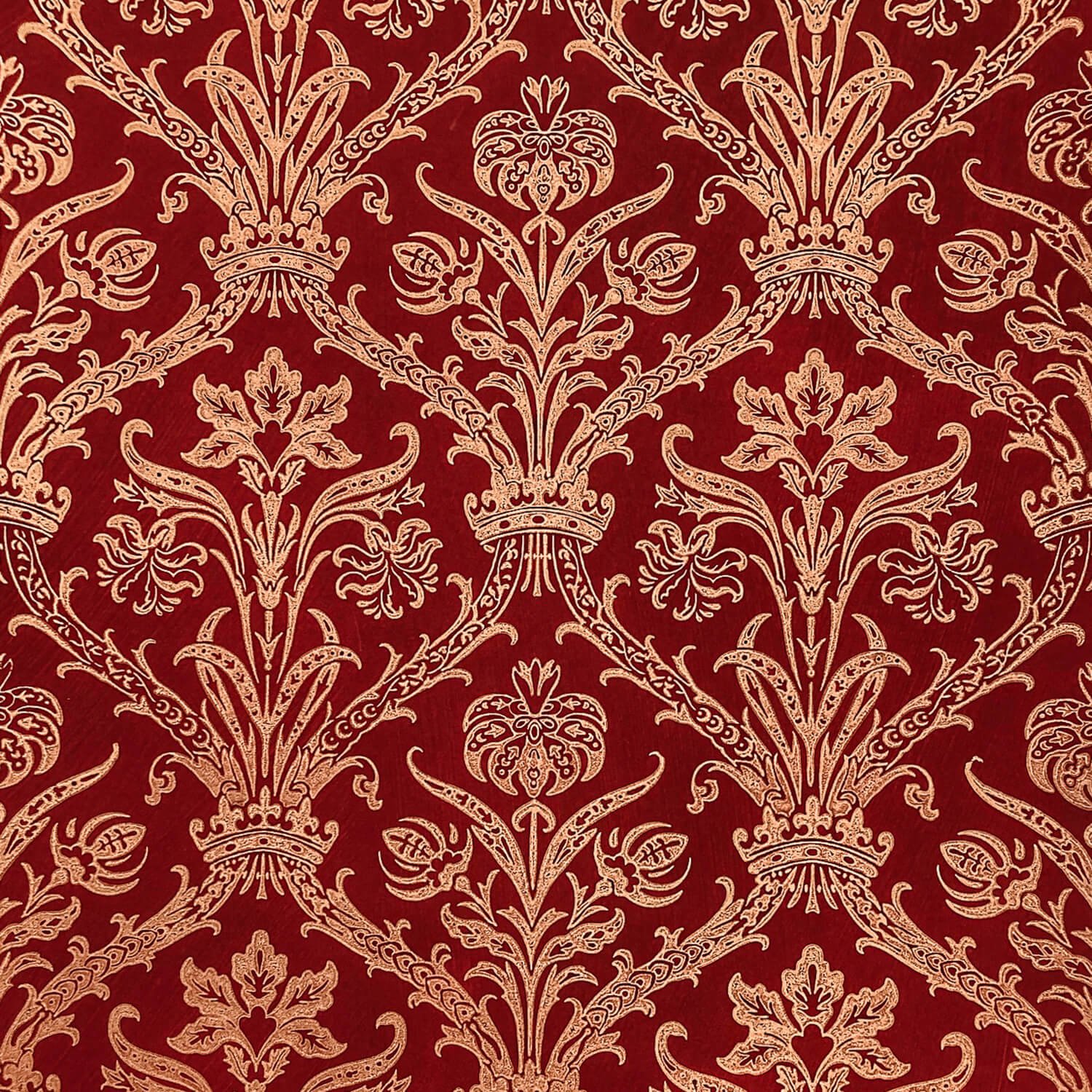
Elizabeth Gaskell’s House
The House
Mani Kambo is a multidisciplinary Artist, based in Newcastle upon Tyne. She explores the inner spirit by drawing on her own personal totemic symbols. Influenced by her upbringing in a household filled with superstition, prayer and religious ceremony. Textile, fabric dying and printmaking is rooted in Kambos family history within the caste system. She focuses on objects, routines and rituals distilled both from the everyday and mythology.
Her work records movement and documents performative actions – the hand that creates the action, fire that reveals, water which is the purifier and eyes that perceive: through the exploration of totemic objects and symbols. Through layering and editing images together she collages narratives and weaves dreamscapes. These visuals are repeated throughout her work like markers linking to notions of spirituality and belief in reincarnation.

The Author: Elizabeth Gaskell
In honour of victory at an Eisteddfod a bardic chair would be awarded, these chairs were the highest honour for a Welsh Bard and were highly decorated and carved wooden chairs that were commissioned specifically for each competition. This Welsh tradition is a deeply historical part of Welsh literary culture that is believed to date back as far as 1176. Hedd Wyn had won several of these chairs competing at local Eisteddfod but had narrowly missed out on the 1916 National Chair on grammatical mistakes, he was determined to compete again and come triumphant the following year.
Sadly, this peaceful, rural Welsh life was not untouched by the reaches of the First World War. Originally as War broke it was not necessary for all young men to enlist and especially if they were from a farming family as agriculture was essential to supporting the war effort. However, as conscription was introduced in 1916 and it became compulsory for all fit young men to enlist, even the farming families had to volunteer a son for the frontline. This meant in 1916, aged 29 Hedd Wyn volunteered to spare the fate of his younger brother Robert.
Enlisted into the War it was on his way to the frontline in 1917 that Hedd Wyn finalised and submitted his entry ‘Yr Arwr’ to the Penbedw National Eisteddfod, convincing his commanding officer to allow him to post his poem from a small village in France. It was at that frontline at the Battle of Passchendaele that Hedd Wyn was fatally wounded and did not return from the war. ‘Yr Arwr’ went on to win the Penbedw National Eisteddfod achieving Hedd Wyn’s lifelong dream, but he never lived to see it.
The Wallpaper
When Yr Ysgwrn was taken over by the Snowdonia National Park Authority various work and refurbishments were undertaken to preserve the history of the farmhouse itself and the intertwined story of Hedd Wyn. One part of this, and where Bruce Fine Papers gets involved, was the wallpaper.
Originally the entire farmhouse was completely covered in wallpaper, and this was especially prevalent in the kitchen where there were an incredible 26 individual layers of wallpaper on the wall. These wallpapers represented the decorative habits of the family from the early 1900’s up to present day and the family had even wallpapered around important items of furniture not wanting to move these precious pieces, really showing how well kept and preserved the property had been for decades.
Some of these pieces of furniture that had been carefully wallpapered around were the Barometer and the impressive Grandfather Clock. This Grandfather Clock was the wedding gift of Evan and Mary to each other, brought home carefully on the train and only just fitted into place in the low beamed ceilings of the kitchen and the Barometer was so carefully wallpapered around that it itself was embedded deep into the layers on the wall, almost fossilised into the wallpaper history of the house and the family.
It was described to us how house proud the family was and that the wallpaper was an important way of reflecting this sense of pride. Having well looked after and updated wallpaper was especially important to the family and to Mary Evans in particular, who ensured great care was taken over the farmhouse and its possessions, especially those belonging to the late Hedd Wyn.

As the farmhouse contained a dairy and the family often prepared produce from the land within it, which included the salting and drying of meat, wallpaper was chosen as the method of decoration as it better covered and protected the walls without showing the effect of the salt within the house.
Of the 26 individual designs of wallpaper that were discovered within the kitchen only one would be chosen to be the new wall covering for the opening of Yr Ysgwrn to the public. The decision for this wallpaper was left to the surviving family of Hedd Wyn. Gerald Williams gave this choice to his sister-in-law, as was the tradition in the family of it being the women’s choice when it came to the wallpaper.
A pink and green floral design was chosen, one of the layers that was dated to the same period that Hedd Wyn would have been living in the property. This floral design was made up of 9 colours requiring 8 prints upon each piece to build up the intricate design. We recreated the artwork from the original samples found within the 26 layers of the farmhouse and traditionally hand block printed the design which can still be seen up today adorning the walls of the kitchen.









